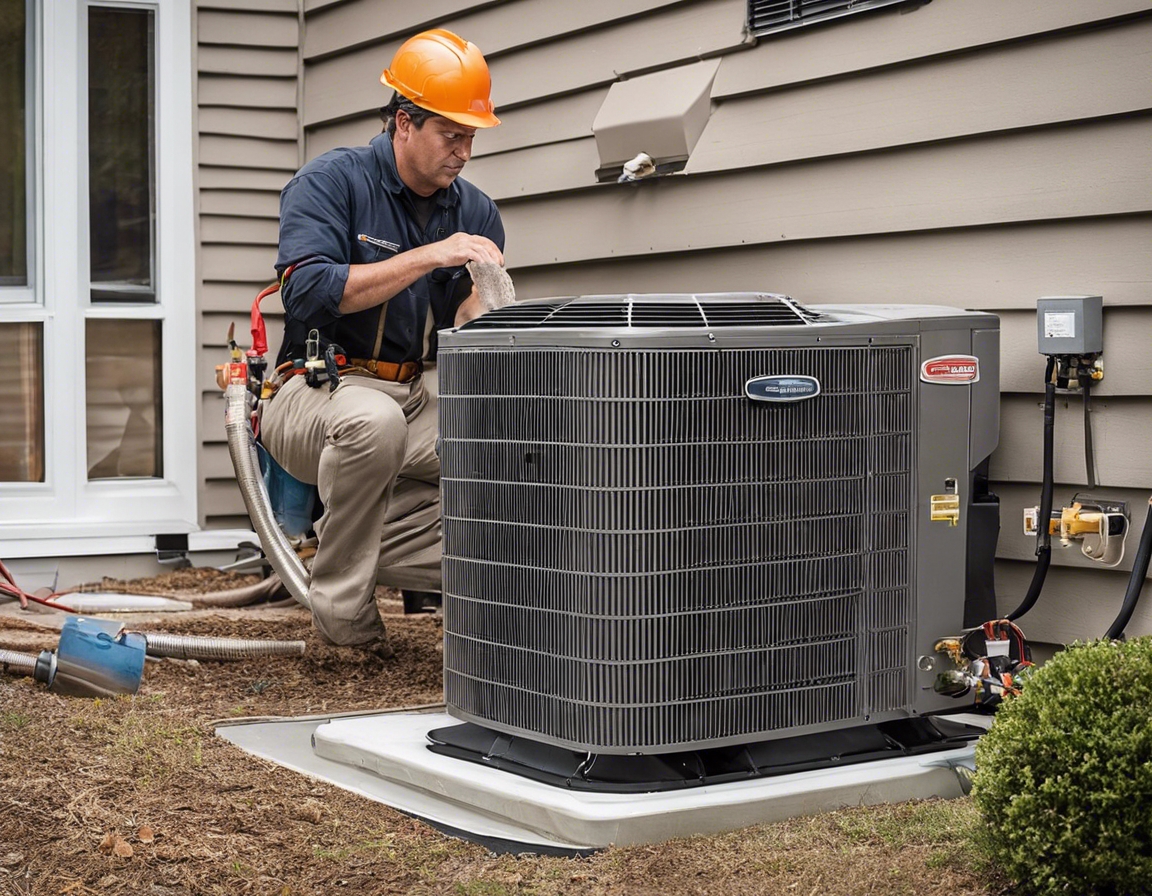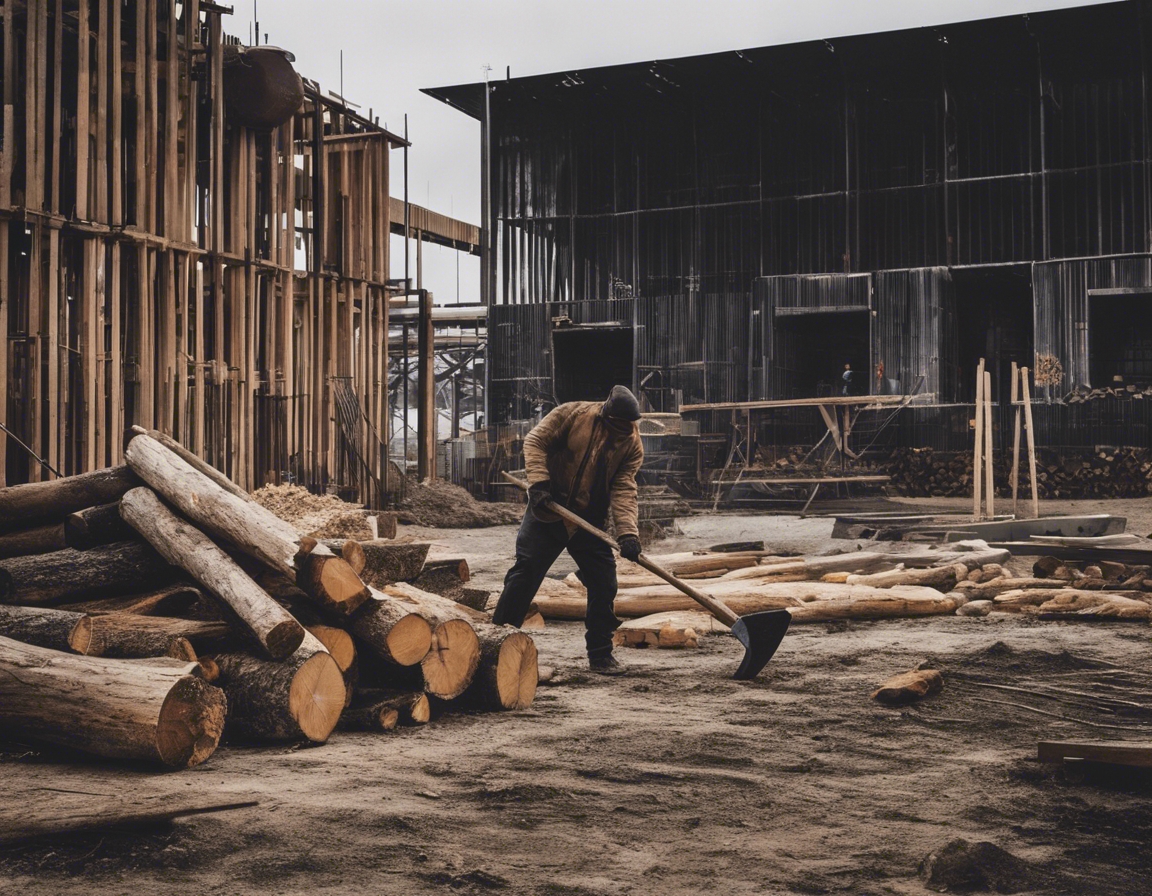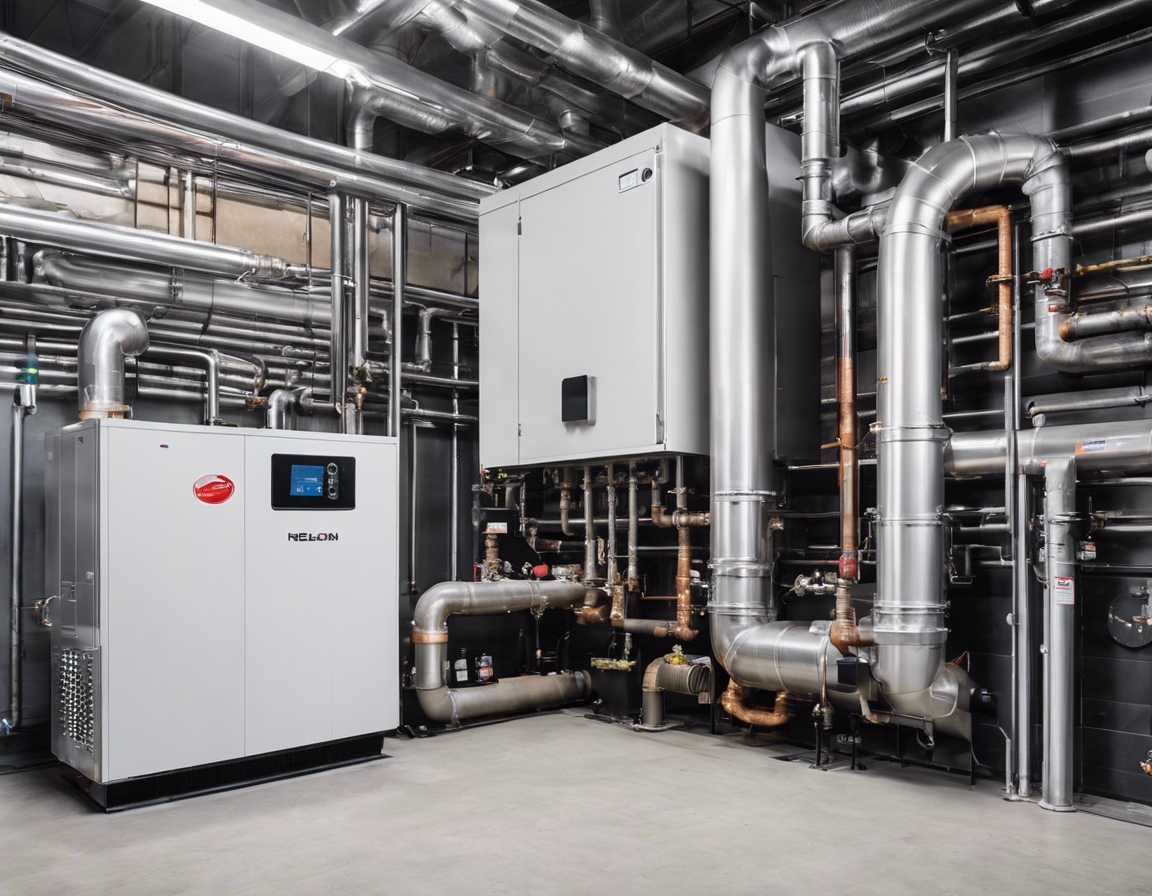Ensuring safety in gas installations: best practices
Gas installations are a critical component in industrial and commercial settings, powering everything from heating systems to production processes. Ensuring the safety of these installations is not just a regulatory requirement; it's a moral imperative to protect workers, the public, and the environment from potential hazards.
Gas installation involves a series of complex steps, from design and planning to installation, testing, and maintenance. Each phase must be executed with precision to ensure the integrity and safety of the gas system.
Regulatory Framework and Standards
Gas installations are governed by a robust set of international and local regulations designed to ensure safety and prevent accidents. Adherence to these regulations is essential for legal compliance and the safe operation of gas systems.
Compliance with established safety standards is a cornerstone of safe gas installations. These standards provide guidelines for design, installation, operation, and maintenance practices.
Best Practices in Gas Installation Safety
Effective design and planning are the first steps in ensuring safety. This includes risk assessments, selecting appropriate materials, and designing systems that meet both functional and safety requirements.
Choosing the right materials and ensuring quality control are vital for the integrity of gas installations. Materials must be compatible with the type of gas used and suitable for the specific environmental conditions.
Professional installation by certified technicians is crucial. Proper workmanship minimizes risks and ensures that installations adhere to safety protocols.
Regular maintenance and inspections are essential for the ongoing safety of gas installations. This includes routine checks, leak detection, and repairs to prevent accidents and ensure efficient operation.
Having an emergency response plan in place is critical for dealing with potential gas leaks or accidents. This includes training staff, having the right equipment on hand, and clear procedures for emergency situations.
Advanced Safety Technologies and Innovations
Modern gas installations often incorporate automation and control systems that enhance safety by providing real-time monitoring and the ability to quickly shut down systems in the event of a leak or failure.
Advanced leak detection technologies can identify gas leaks before they become hazardous, allowing for prompt corrective action.
Environmental monitoring systems help ensure that gas installations operate within sustainable parameters, reducing their environmental impact and promoting safety.
Training and Education for Safety
Skilled personnel are the backbone of safe gas installations. Their expertise and attention to detail prevent accidents and ensure the longevity of gas systems.
Ongoing training and certification ensure that personnel are up-to-date with the latest safety practices and technologies.
Creating a culture of safety within an organization is fundamental. It involves fostering an environment where safety is everyone's responsibility, and best practices are continuously promoted and improved upon.






Comments (0)